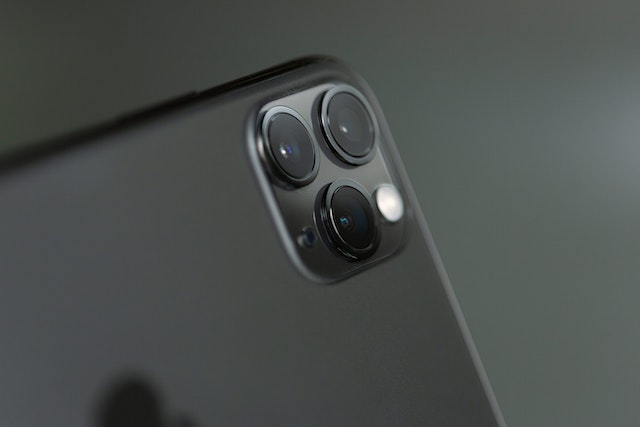Sep12

The evolution of mobile phones over the 21st century has been remarkable. While they started out as being relatively rudimentary as a way to call, text, and play Snake, mobiles have evolved to the point where they’re an all-in-one multimedia device that fits in your pocket.
With so many different and delicate components involved in making mobile phones as powerful as they are, a lot of work goes into protecting all of these internal parts. One way this is done is by making modern mobile phones waterproof. Rather than have your device become an expensive paperweight after coming into contact with water, you can use your phone near the sink or out in the rain without worry.
However, how do they make mobile phones waterproof and protected against such situations? Below are some of the important elements required to keep these devices dry and functioning as expected.
It might seem like a rather basic approach, but the use of glue plays a key role in making mobile phones water-resistant. This glue is used to cement the phone’s outer components together, which assists with preventing water from touching the inner parts of the phone. For further protection, the ports will usually include rubber gaskets to stop water from making an unwanted entry.
However, keep in mind that it’s not possible to entirely seal a mobile phone. This isn’t just to insert or remove a SIM card, either. A fully sealed device would result in differences in air pressure between the outside and inside of the phone. This is why additional waterproofing is required to keep all the internals dry.
With any mobile phone, the circuit board is one of the most integral components. When this doesn’t function correctly, it will let down everything else. Think of it as the foundation for your phone. The PCB is necessary for different components to be connected and communicate with each other. As a result, this needs to be protected from water as much as possible – and that’s where a polymer coating enters the equation.
This coating is made by manufacturers that use polymer materials from companies like polychemistry.com and is an ideal way to waterproof PCBs. As well as being transparent and lightweight, the coating doesn’t corrode the metal. This means it offers an extra level of protection, which helps to minimize the possibility of water impacting the circuit board.
Another general reason why a mobile phone cannot be completely sealed is due to the microphone and speakers. Because of this, protection also has to be used for both of these components. There are generally two forms of water-resistant protection used: either a breathable membrane or very fine mesh.
A membrane or mesh used over the speakers and microphone repels any water that may come in contact with the phone. By doing this, the water simply passes over without compromising these elements rather than entering into the phone through the speaker or microphone.
Keywords: Design Thinking
 Autonomous Wingmen: Scaling Sustainable Aviation via NVIDIA NAT and Formation Flight
Autonomous Wingmen: Scaling Sustainable Aviation via NVIDIA NAT and Formation Flight The Board Chair as the Primary Lever of Psychological Safety
The Board Chair as the Primary Lever of Psychological Safety Friday’s Change Reflection Quote - Leadership of Change - Change Leaders Maintain Trust and Legitimacy
Friday’s Change Reflection Quote - Leadership of Change - Change Leaders Maintain Trust and Legitimacy The Corix Partners Friday Reading List - January 16, 2026
The Corix Partners Friday Reading List - January 16, 2026 Effective Government Is Built: A Five-Pillar Framework for Public Leaders
Effective Government Is Built: A Five-Pillar Framework for Public Leaders